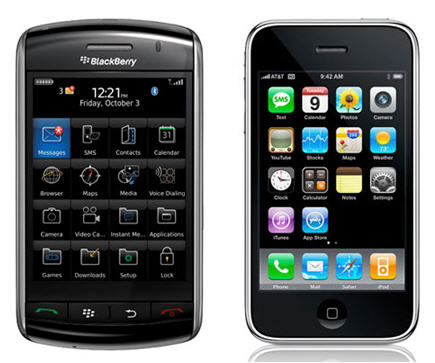We are now entering a world of 4G mobile technology; these include smartphones where users can stream videos, browse the internet and are able to access high quality broadband services.

After reading the Journal of Macromarketing; Exploring the Digital Divide in Mobile-phone Adoption Levels across Countries I understood that the “digital divide” is to do with mobile technologies developing more in certain countries than others. Matt Findel-Hawkins from Nikkei BP Europe gave our course a lecture on Mobile Marketing and he stated that the mobile market is being driven by China and India as it is the “cheapest way to get online”.
In addition he added that “many mobile web users access the web only via mobile”. This is interesting as it shows how people are using smartphones and suggests a move away from the computer screen and more towards mobiles. Reasons for this is that mobile is a more personal form of communication, Matt said that mobiles are effective as “no other media that you can buy that sits in your pocket!” In 2009 there were half a billion mobile web users and this number is growing at a fast pace.
Two examples of major players in mobile marketing today is the iPhone and the iPad. In an earlier blog I have spoken about the iPad in a previous blog and how it can be a great platform to advertise on and what is it capable of.
Advancements in mobile marketing such as being able to buy things online from your phone is changing the mentality of consumers.
I read an interesting article by Ronan Shields titled “RIM confirms BlackBerry’s commitment to NFC” published this month. (February 2011). The article explains how NFC technology is going to be intergrated into BlackBerrys.NFC Is described as a forn of short range wireless connectivity. This technoloigal advancement aims to bridge the connectivity between the virtual world (for example people living in their mobile phones which I am familiar with too!) and the physical world. An example of how NFC communications can be used is that people can use their Blackberry phones to make a payment. This advancement is said to simplifying your day to day lives by giving you a true mobile experience. Ronan adds that you can also collect “local information about a store on tapping on something” as you walk past the door which I found quite interesting.
Is this a future application that all 4G mobile will be able to use? In this way we would not have to carry our bank cards and purses around with us when we go shopping. Sounds good to me! This has a similarity to QR codes which I blogged about a couple of weeks ago.
Whilst browsing through Ted talks I found an interesting speech from Clay Shirky where he talks about the transformed media landscape (shown below)
Clay says that the world we are living in now is the “largest increase in expressive capability in human history”. He adds that the mobile phone gave us the one-to-one pattern and that the internet then gave us the many-to-many communication opportunities. This has influenced the way we act as consumers
An example of how fast information can travel through the internet and the use of mobile phones is given by Clay about an earthquake that happened in China. The earthquake it was reported as it was happening. People were texting, taking photos and videos of buildings on their mobiles and uploading it onto “QQ” which is Chinas biggest internet service as well as uploading it onto Twitter. Such social connections resulted in people listening all over the world. The BBC got the information from published news on Twitter indicating the advances in social media connections with people being able to access the content from all over the world. Within half a day donation sites were put up getting money from all around the world. Clay further says that the last time China had an earthquake it took them three months to say that it had happened!
Feel free to add any additional information or comments!
Do you have any thoughts on mobile marketing?
What do you think about people like yourself being more likely to use their mobiles for internet access rather than a laptop or computer?
Will mobile maketing have an effect on computer usage? will mobiles slowly take over in the way of convergence ( convergence = the bringing together of media onto one device/medium)

No comments:
Post a Comment